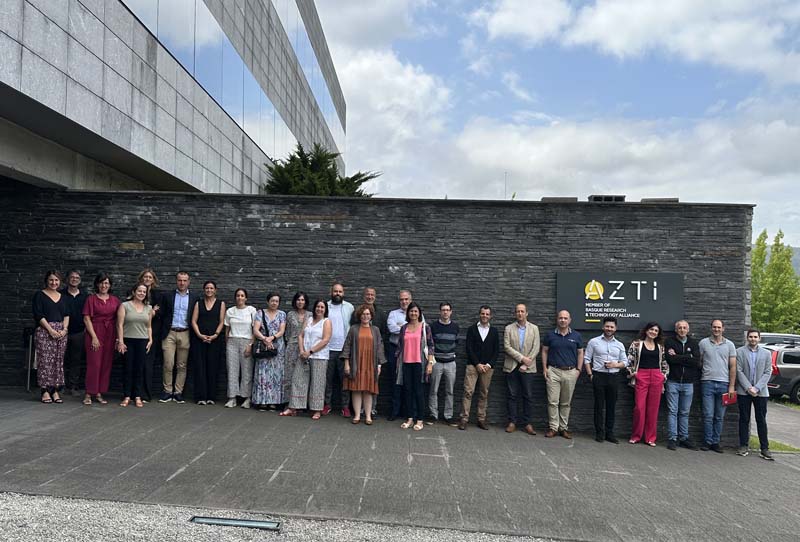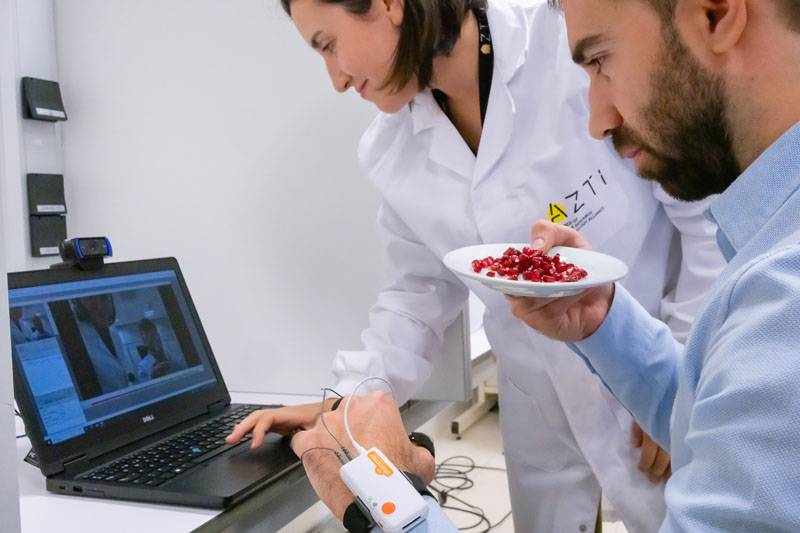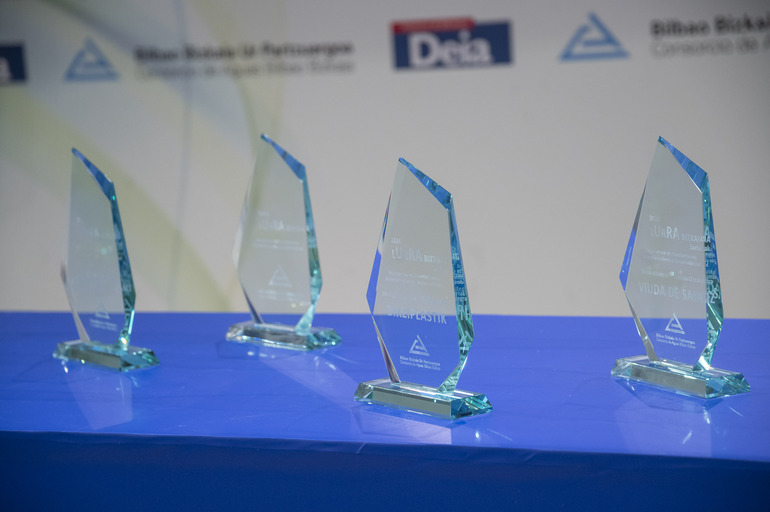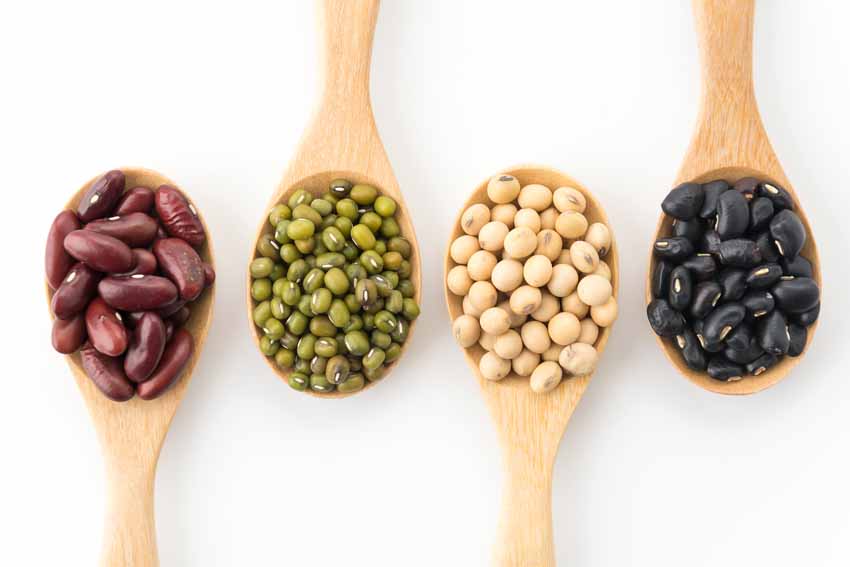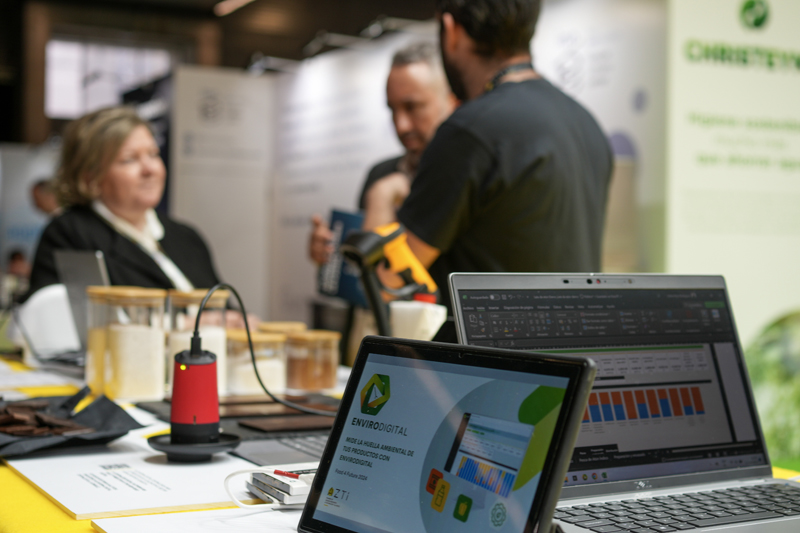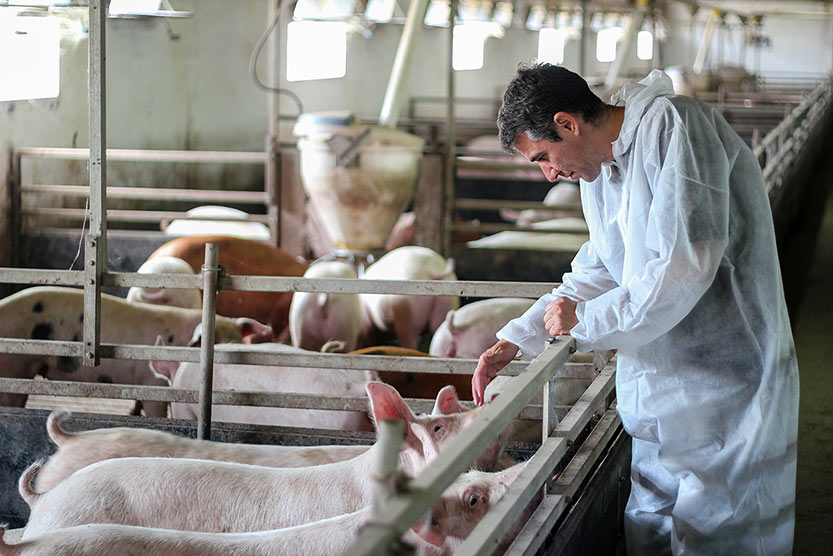Personalised nutrition and sport: Can we improve physical performance through food?
Últimas noticias
The Uhinak Congress is set to be held for the 6th time, addressing the rapid unprecedented oceanic change and its impact on the coast
BRTA Alliance discusses the role of technology and innovation in healthy eating
Omics research for sustainable fisheries: AZTI hosts the prestigious FSBI International Symposium
The combination of personalised nutrition and sport is on the rise. In the same way that we assume that in order to attend a race with dignity it is essential to train for running, it is just as important to be aware that planning your diet can be as or more decisive than the mere fact of going out for a run.
In recent years, many advances have been made in personalised nutrition and sport. Nowadays there are new techniques that allow us to measure new specific markers and personalised dietary requirements that until now had gone unnoticed and with which we can access information that we were previously unaware of.
These markers are very useful to know, with increasingly millimetric precision, the different dietary needs we have. Given the premise that no two people are the same, their nutrition should not be the same either. That is why personalised nutrition, understood as the adaptation of food to the specific needs of the person, gives us the opportunity to apply new measurement technologies and to know, innovate and create a wide variety of products and healthy plans that can be at the service of our sporting objectives.
Within this wide range of new techniques that are being developed, red blood cell membrane lipidomics is one of the most attractive, as it allows us to know in real time something as essential as the dynamics of how fats behave inside our body.
We talked to Javier Amézaga, researcher in the area of food and health at AZTI.

Índice de contenidos
- What is membrane lipidomics and why is it useful when it comes to personalised nutrition and sport?
- Once the lipidomics is done, what is the next step?
- Can precision nutrition help improve sports performance beyond weight management?
- AZTI is a scientific partner of Athletic Club. What exactly does this collaboration consist of?
- Membrane lipid chemistry is part of the omics sciences, what other applications do these technologies have, and are they widespread?
What is membrane lipidomics and why is it useful when it comes to personalised nutrition and sport?
Membrane lipidomics is a technique that allows us to know the fatty composition of the cell membranes of red blood cells. This consists of analysing, from a blood sample, a structure of a type of cell that moves throughout the body. These structures are membranes, which act both as a protective barrier against unwanted elements, and as points of contact between cells in order to share nutrients, information… Something like the borders between two territories.
These “barriers” are largely composed of fat and, depending on the type of fat, they tell us whether the membrane is ready to defend itself and interact with its environment as it should. Sometimes, for various reasons, which may be endogenous (e.g. changes in metabolism) or exogenous (e.g. nutrition, changes associated with sport, etc.), their composition is not ideal. To correct this, it is necessary to take into account where this imbalance comes from, and to correct it with the right nutrient.
Once the lipidomics is done, what is the next step?
On the basis of the results obtained from the specific blood test, we will know what imbalances, if any, may be found in the cell membranes. If so, we can act accordingly through adapted nutrition or possible supplementation, if the latter is necessary. It should be noted that, although we analyse the types of fatty acids, it is not only the dynamics of these that we can know or adapt nutrition based on, but the metabolism of fats can be conditioned by many other compounds, such as carbohydrates, for example.
Can precision nutrition help improve sports performance beyond weight management?
Certainly. Under the umbrella of precision nutrition there are a number of techniques that, in combination with membrane lipidomics, allow us to know in great detail what nutrients a person needs and what effect they may have on them.
For example, in an athlete, an interesting strategy may be to control inflammatory processes, with a view to recovery. Through lipidomics, we can find out whether their body has the right combination of fatty acids for this to take place and, if not, we can find out which ones they need. But if we also combine this with techniques such as those that study your genetics and your microbiota, we can find out which is the ideal source to provide you with this nutrient and how it will be metabolised.
AZTI is a scientific partner of Athletic Club. What exactly does this collaboration consist of?
We collaborate with Athletic Club by advising them on personalised nutrition. In this case, we apply precision nutrition techniques with the players and, together with Athletic Club’s knowledge and experience of its athletes, we can establish what the needs are at any given moment and adapt the recommendations to each situation. We use different analytical techniques such as those mentioned above in order to study and apply the best nutritional strategies adapted to each player.
The alliance between a sports club and a technology centre has many advantages for both parties. On the one hand, the club (and its athletes) have the latest technology to put at the service of their sporting achievements. On the other hand, as a technology centre, being able to work with people with such specific physical characteristics and objectives provides us with valuable knowledge that we can then extrapolate to work with other groups and with different nutritional needs.
Membrane lipid chemistry is part of the omics sciences, what other applications do these technologies have, and are they widespread?
Omics sciences, in general, also deepen the understanding of how food affects the functioning of the body, so they are also very useful in the prevention or progression of diseases, thus allowing the improvement of human nutrition and its consequences for health. Yet, despite their enormous potential, the incorporation of omics technologies into business R&D in the health food sector is still residual.
To promote the development of functional and nutraceutical ingredients and foods through the application of omics technologies, the Tecnomifood Network was recently created, of which AZTI forms part along with four other benchmark Technology Centres in Spain and Europe in the generation of scientific knowledge to advance the use of omics in the food sector and its transfer to business.
Specifically, AZTI focuses on lipidomic studies in different population groups for the design of functional and/or nutraceutical foods and, in addition to sports nutrition, another of the fields in which we are involved is the prevention of obesity.
